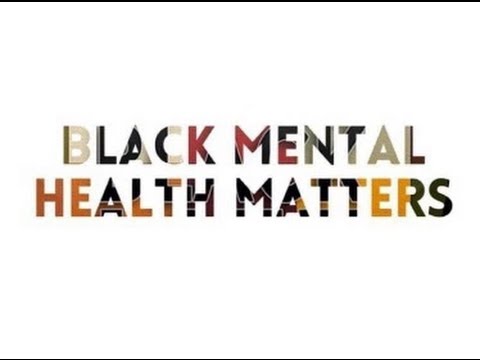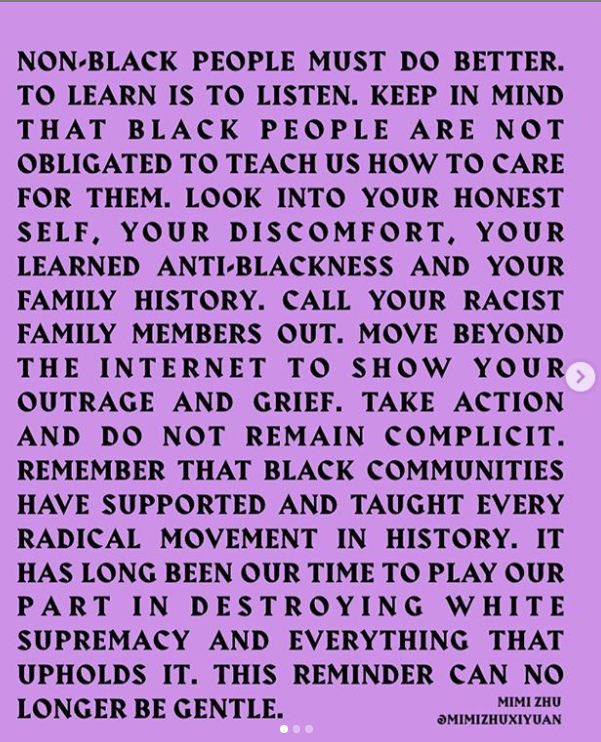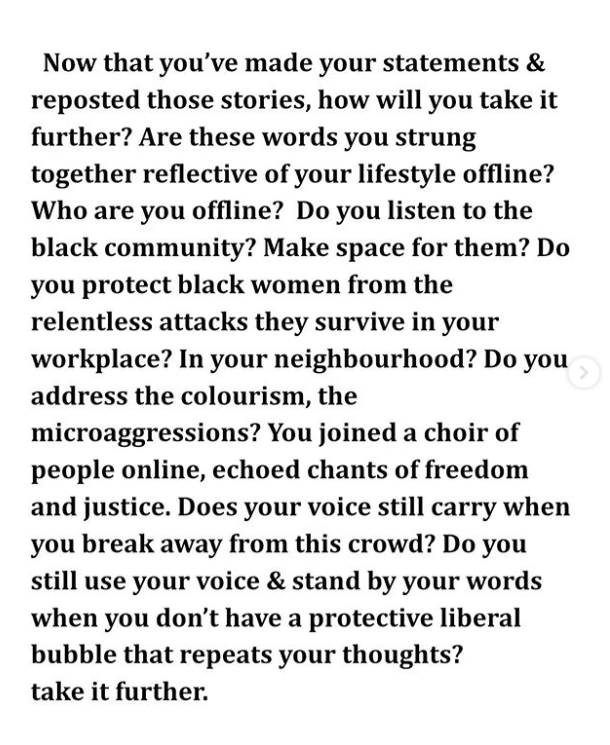It’s Worse Than You Think:
The Fierce Spread of Covid-19 in Black Communities
The data came too late, the relief took too long, the word “essential” proved interchangeable with the words poor and desperate. Covid-19 unveiled the depths of systemic racism that cost Black communities profoundly.
By: Ally Christiani

In 2020, I started listening to podcasts, like everyone else, a new way to kill time. In my pursuit to uncover more truths on American history, I came across the 1619 podcast by New York Times writer Nikole Hannah Jones. It is the audio version of her famous 1619 journalism project released by the NYT in 2019, documenting the long suffering of African Americans since being transported to America 402 years ago. One of her episodes speaks explicitly on healthcare; its inception, errors, and biases.
She begins the episode with a personal story about the loss of her beloved Uncle to cancer. She explained how her Uncle was in pain for a while but could only afford to be seen by free clinics who misdiagnosed his pain. Free clinics are most Americans only option if they’re unemployed and therefore, do not have health insurance. After a while, he finally visits an ER where a doctor makes the decision to give him the X-Ray and CAT scan he needed. Those revealed the tumors that had been growing throughout his back. They learned he had Stage 4 terminal cancer.
With this diagnosis, he qualified for government provided disability aid that pays for medical treatment when your physical health is so bad you cannot work.
“It took my Uncle getting a death sentence before he was able to get health insurance.”
This story made me think about the poverty in this country. The way the poor are cast into this cycle that spins so uncontrollably; it appears built to be impossible to escape.
Not having access to adequate healthcare, education and housing, as well as unemployment, and the growing wealth gap are all bi-products of the poverty cycle. Unsurprisingly, implicit bias and racist antecedents are immersed in these determinants; and that is where we begin to understand the horrific realities that black communities have been facing in the age of COVID-19.
The “profile” Azar speaks of concerns the idea that there are certain underlying conditions that are more predominant in those dying from COVID-19. The conditions are hypertension, heart disease, and diabetes. Research has shown that black people develop these diseases at a greater rate and at a younger age. In a study by the CDC, 90% of the hospitalizations with severe COVID-19 had at least one of these underlying conditions.
The reasons for the prevalence of these health conditions in the black community involve several factors. Studies have shown stress is related to immunity and black people have increased stress in their life that has a physiological effect on the body’s ability to defend itself. Stressors include; income inequality, discrimination, violence, and institutional racism. This type of stress has actually been identified by the medical community with a term called “weathering,” which concludes that “the stress of living as a member of a minority in itself takes a toll on the body, weakening one’s cardiovascular, neuroendocrine and immune systems.”
In addition to a higher rate of disease, when they develop the disease it is harder to get adequate healthcare. The hospitals in black communities are commonly underfunded—mainly based on the fact that the hospitals located in these particular communities are impoverished as a result of housing discrimination from the age of red-lining. Red-lining originated in the aftermath of The Great Depression when the federal government set out to evaluate the riskiness of mortgages in major metropolitan areas of the country—black people were deemed by the housing market as high-risk buyers. This process of systemic racism in housing trapped black communities in underfunded, polluted, and unhealthier areas to reside. I will provide more on red-lining and housing discrimination in subsequent articles.
Past research also revealed the disparities in receiving medical treatment. In 2002, the Institute of Medicine’s report, Unequal Treatment, revealed this fact. “According to the report, minorities were less likely to be given appropriate cardiac medications or to undergo bypass surgery, and were less likely to receive kidney dialysis or transplants, compared with their white counterparts.” In addition, when modern medicine became more reliant on the use of technology in the 20th century, racial biases engrained themselves into the coding.
“In 2019, an algorithm that helps manage healthcare for 200 million people in the US was found to systematically discriminate against black people. According to research published in the Journal Science, people who self-identified as black were given lower risk scores by the computer than white counterparts, leading to fewer referrals for medical care.”
Despite the black patients being sicker, the computer calculated that black people will receive fewer referrals for care because the costs on average were less over a year than white patients.
Some States including Michigan and California have taken action to decrease implicit bias in the medical field by making it mandatory to earn a State licensure on implicit bias training. Michigan approved the measure after analysing the data of COVID-19 in their black counties and taking note of the disparities that are apparent in their health system.
When it comes to employment and COVID-19, the black community is struck with a double-edged sword. Black people have higher rates of both unemployment and employment in jobs that do not include health insurance in their benefits package. The jobs deemed “essential” by society in this pandemic disproportionately affect black people who find themselves on the spectrum of these lower paying jobs including: fast food servers, grocery store clerks, nurses, teachers, and public transportation.
“In the U.S., according to the CDC nearly 25% of employed Hispanic and Black or African Americans work in the service industry, compared with 16% of non-Hispanic white workers. Black or African Americans also account for 30% of licensed practical and licensed vocational nurses.”
These occupations cannot be done remotely and require public interaction. They are considered “necessary” to allow other members of society to stay at home in an attempt to “flatten the curve.” These workers often travel either by car-pool or via public transportation; all of which increasing their exposure to the virus. Systematically, those working these types of jobs have less job options due to inequities in access to higher levels of education. According to the Census, 10.8% of the country lives in poverty (median yearly household income is $23,500 for a family of 4). Black people account for 20.8% of that figure. A 2015 income report found that for every dollar a white household makes, a black family receives 59 cents. Anyone making that amount of money a year, is not afforded the comfort of taking time off work, even if they are not feeling well.
These disparities were already widely known, especially in the counties that are most affected; however, the data explaining how these conditions blend to create these spreading zones in communities of color came very late in the containment.
This delayed data, consequently, delayed aid. Andi Egbert, a senior researcher at APM Research Lab said: “We are in the midst of this tremendous crisis, and data is the best way of knowing who is suffering and how.” Egbert was one of the authors of the APM report that criticized the federal government for their inaction with collecting and categorizing data based on race. Some researchers believe that they could have gotten a better grip of decreasing spread in these communities if the data became available sooner and resources allocated appropriately. Necessary hospitals would have gotten the first flow of more funding and PPE like masks, gloves, Purell, would have been more fairly distributed to all essential workers.
Egberts is skeptical of the now former administrations intention behind this lag, “I won’t speculate about motive, but I can’t believe in a modern economy that we don’t have a mandated, uniform way of reporting the data across States.”
Researchers are anticipating changes in policies that can limit these disparities in society that are causing the poor to suffer unequivocally. A handful of States are already working towards mending this tear. Michigan Lt. Governor Garlin Gilchrist, was put in charge of specifically handling the racial disparities with COVID-19 in the State. Once Michigan Governor Gretchen Whitmer was alerted of the disproportionate spread of COVID-19 in their predominately black counties, she sent a taskforce to go directly into the communities and provide mobile testing in hotspots and PPE distributed in nursing homes and homeless shelters. She also committed to testing all the incarcerated in her State. New York, North Carolina, Virginia, and Maryland have made similar commitments.
The rise of racial justice awareness in this country last year could not have come at a more pressing time for black communities. As COVID-19 destroyed families and social injustices played out on our screens, society began to recognize the unequal suffering a large portion of our society endures. Acknowledging the connection of race and economic inequality as a vital explanation for why the virus is attacking black communities disproportionately, will hopefully continue to lead to constructive conversations of racism on a larger scale and therefore, new policy implementation. Understanding healthcare, as a basic human right, is what I hope this country will learn and evolve from this relentless pandemic.
Sources:
- www.ajph.aphapublications.org/doi/10.2105/AJPH.2019.305290
- www.povertyusa.org/facts
- www.secure.jbs.elsevierhealth.com/action/getSharedSiteSession?redirect=https%3A%2F%2Fwww.thelancet.com%2Fjournals%2Flancet%2Farticle%2FPIIS0140-6736%2820%2932032-8%2Ffulltext&rc=0
- www.nytimes.com/interactive/2019/08/14/magazine/racial-differences-doctors.html
- www.weforum.org/agenda/2020/07/medical-racism-history-covid-19/
- www.weforum.org/agenda/2020/07/medical-racism-history-covid-19/
- www.thelancet.com/journals/lancet/article/PIIS0140-6736(20)32032-8/fulltext
- www.ncbi.nlm.nih.gov/pmc/articles/PMC4194634/
- www.cdc.gov/coronavirus/2019-ncov/community/health-equity/race-ethnicity.html
- www.mayoclinic.org/diseases-conditions/coronavirus/expert-answers/coronavirus-infection-by-race/faq-20488802
- www.medicalnewstoday.com/articles/racial-inequalities-in-covid-19-the-impact-on-black-communities#Making-sense-of-incomplete-data
- www.ama-assn.org/delivering-care/population-care/why-african-american-communities-are-being-hit-hard-covid-19
- www.commonwealthfund.org/publications/podcast/2020/jun/why-are-more-black-americans-dying-covid-19
- www.hopkinsmedicine.org/health/conditions-and-diseases/coronavirus/covid19-racial-disparities
- www.pewtrusts.org/en/research-and-analysis/blogs/stateline/2020/05/27/covid-19-is-crushing-black-communities-some-states-are-paying-attention
- www.cnbc.com/2021/01/12/factors-affecting-covid-19-spread-among-lower-income-communities.html
- www.usnews.com/news/health-news/articles/2021-01-14/racial-bias-in-medicine-a-barrier-to-covid-health-equity
- www.sciencedirect.com/science/article/pii/S1047279720301769
- Spotify: 1619 Project Episode 2: How The Bad Blood Started









